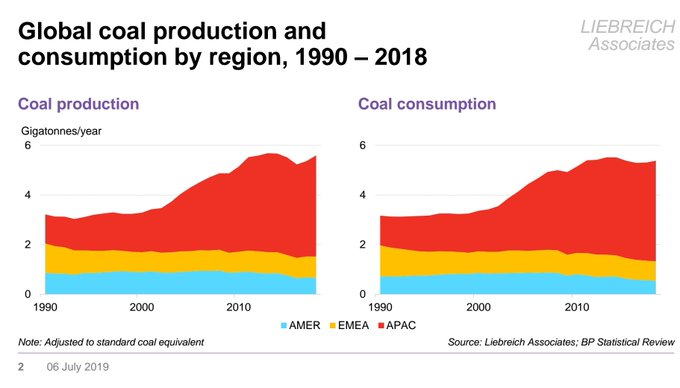Last week the USA shot down a suspected Chinese balloon with an air-to-air missile. The balloon itself was obviously just following the stratospheric jet stream and was not completely controllable in terms of navigation [1]. This brings up an interesting issue, as the state-of-the-art in atmospheric science has never been able to predict which direction the jet streams will follow at any future time. Nowhere is this more evident than with the stratospheric winds that encircle the Earth along the equator, known as the QBO. Scientists have been able to heuristically gauge when this wind will reverse it’s direction (hence the name Quasi-Biennial Oscillation) but have never been able to explain why it reverses. The first time they were able to systematically measure it was via the launching of instrumented weather balloons (radiosondes) in the 1950’s.
The QBO is visualized by the following animation:


